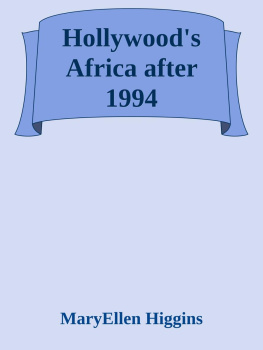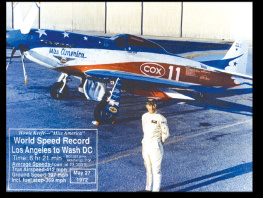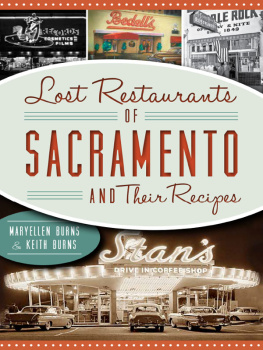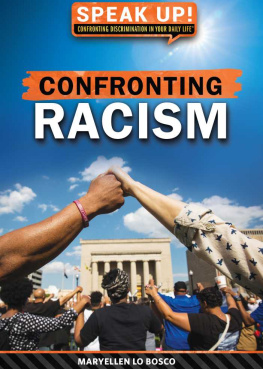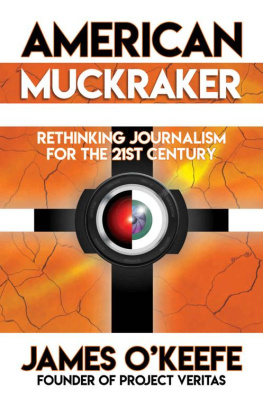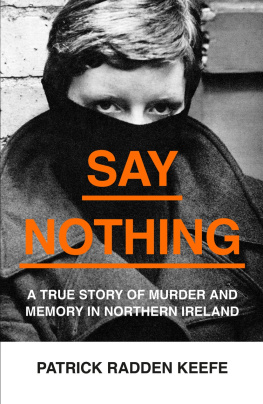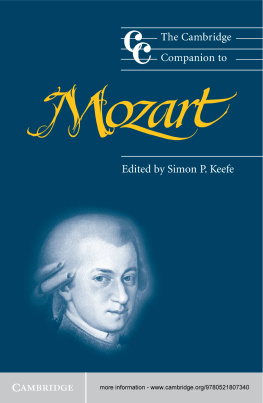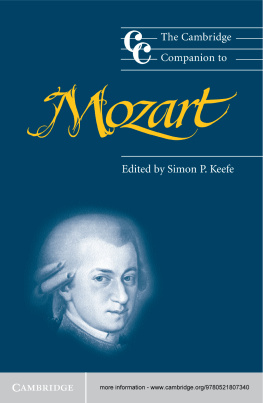CASUAL
AFFAIRS
CASUAL
AFFAIRS
T HE L IFE AND F ICTION OF S ALLY B ENSON
M ARYELLEN V. K EEFE
Photograph of Sally Benson courtesy of the Barbara Benson Golseth estate.
Published by State University of New York Press, Albany
2014 State University of New York
All rights reserved
Printed in the United States of America
No part of this book may be used or reproduced in any manner whatsoever without written permission. No part of this book may be stored in a retrieval system or transmitted in any form or by any means including electronic, electrostatic, magnetic tape, mechanical, photocopying, recording, or otherwise without the prior permission in writing of the publisher.
Excelsior Editions is an imprint of State University of New York Press
For information, contact State University of New York Press, Albany, NY
www.sunypress.edu
Production by Ryan Morris
Marketing by Kate McDonnell
Library of Congress Cataloging-in-Publication Data
Keefe, Maryellen V.
Casual affairs : the life and fiction of Sally Benson / Maryellen V. Keefe.
pages cm. (Excelsior editions)
Includes bibliographical references and index.
ISBN 978-1-4384-5089-6 (pbk. : alk. paper)
1. Benson, Sally, 18971972. 2. Authors, American20th centuryBiography. 3. Women screenwritersUnited StatesBiography. I. Title.
PS3503.E5625Z46 2014
813'.52dc23
[B]
2013025961
10 9 8 7 6 5 4 3 2 1
This biography of Sally Benson is dedicated to
my dear friend Sr. Madeline Welch, OSU, J.D., J.C.L.,
for her unending encouragement and support.
May she rest in peace.
Soli Deo Gloria!
CONTENTS
ILLUSTRATIONS
All images from the Benson estate are used with permission.
ACKNOWLEDGMENTS
My profound thanks to the family of Sally Benson: to Barbara Benson Golseth (of happy memory), who generously shared memories of her mother as well as ample files of Bensons correspondence and memorabilia, but most importantly, for introducing me to her childrenAlexis (Dusty) Doster, Sara Wohl, Robert (Booter) Campbell, and Susan RamseySally Bensons grandchildren. In turn, I thank Susan Ramsey and her husband Jo-Ben for their gracious hospitality at their Tucson, Arizona home while I conducted my research. (Susie even assisted in scanning documents and photos.) I also thank my friend Mary Dehn van Dessel for driving me from her Sun City West home all the way to Tucson for my first interview with Barbara Benson Golseth in May of 2001.
I extend heartfelt gratitude to my friend and colleague Dr. Susan Goodman, who directed my research during my doctoral studies at the University of Delaware and who has remained a supportive and helpful guide in creating this biography. In this vein I need to recognize Dr. Elaine Safer and Professor Ben Yagoda, also of the University of Delaware, for providing me with the inspiration to pursue Sally Benson as my subject.
That said, I need to express thanks to the staff of the Special Collections division of the New York Public Library on 42nd Streethome of The New Yorker archives. I thank Christopher Shay, New Yorker librarian, for providing records of Bensons New Yorker short stories.
I thank Dorothy Lobrano Guth, daughter of Gusone of Sallys editorsfor sharing letters from Sally to her father and sharing memories of Sallys presence in the Lobrano home.
I thank the staff of Iona Colleges Ryan Library and C.E.L.T.I.C., especially Diana Breen and Theresa Alifante for their ever generous readiness to help either with printing chapters in the initial stages of this project or providing access to materials needed.
Most of all, I wish to express deep gratitude to friend and colleague Dr. Barbara Solomon for her encouragement along the way and for her tireless reading and rereading of each chapter with invaluable annotations, suggestions, and corrections.
I thank the staff of Maritime College, notably Shafeek Fazal and David Dhanpat, for assistance with photo scanning, and my colleagues in the Humanities Departmentespecially my chair, Dr. Karen Markoe, and colleague, Dr. John Roccofor their support and encouragement. I am also grateful to Maritime for awarding me a course release to do my final research in the spring of 2012. I wish to thank Terry Eppridge, OSU, and TE Graphics for scanning all the images for this book, and Anne T. Dillen, OSU, for her original sketch of the Smith home in St. Louis.
Finally, I thank my siblingsJohn J. Keefe and Veronica T. Kiernanfor their endless support.
INTRODUCTION
In November of 1940 on the tenth floor of 25 West 43rd Street, a woman sat at a Royal typewriter. The tiny New Yorker office she occupied, its carpeting dull, its walls drab, its furnishings spare, provided dramatic contrast to the fiery redhead feverishly typing. A photographer from Random House caught Sally Benson unaware, a semi-pleased, half-questioning expression on her upturned face. Curly bangs frame Bensons high forehead and a navy blue hat of velvet bows matches her navy blue dress, its stark simplicity accented by gold bracelet, brooch, and earrings. This photo of the writer at work would be used to advertise Junior Miss, Bensons third collection of short fiction.
Within months of its release, Junior Miss would become a best-seller, then a weekly radio program broadcast nationally, and finally, a long-running Broadway show that traveled to other urban stages before becoming a television movie. Sally Bensons success with Junior Miss led her to publish a fourth short story collection, Meet Me in St Louis. Originally titled 5135 Kensington, Bensons twelve pieces had appeared in The New Yorker from June of 1941 to May of 1942. As Meet Me in St Louis they inspired a Hollywood film that won four Academy Award nominations. Bensons career continued with three more Broadway shows, several awardwinning short stories, and fifteen Hollywood screenplays. A similar record of accomplishment today would make her a celebrity, as it did in the 1930s when Sally Benson was a household name among New Yorker readers. Most significantly, Bensons published collectionsPeople Are Fascinating, Emily, Junior Miss, Meet Me in St. Louis, and Women and Children Firstwon recognition in America, Canada, and England before being translated into other languages.
Three quarters of a century after Bensons first story appeared in The New Yorker, the editors of Fierce Pajamasa 2001 anthology of humorous New Yorker fictionhonor Sally Bensons achievement by explaining her absence from their collection (Remnick and Finder xix), and a 2005 anthologyChristmas at the New Yorker: Stories, Poems, Humor, and Artcontains three Benson pieces. Yet, most contemporary readers have never heard of Sally Benson. Her 164 stories are virtually unread and movie viewers, despite enjoying films based on Bensons screenplays, remember the films without recalling her name. Who she was, how she blossomed into a successful and popular writer but later fell into relative obscurity is a story that needs to be told.
Bensons life and work reveal a complex character and gifted writer who made the short story her own. Observing people in varied venues from turn-of-the-century St. Louis, Jazz-Age and postDepression era New York, to pre- and postwar suburbia, Benson created casualsbrief, humorous, character sketches. Bensons snatches, as the reviewer in




